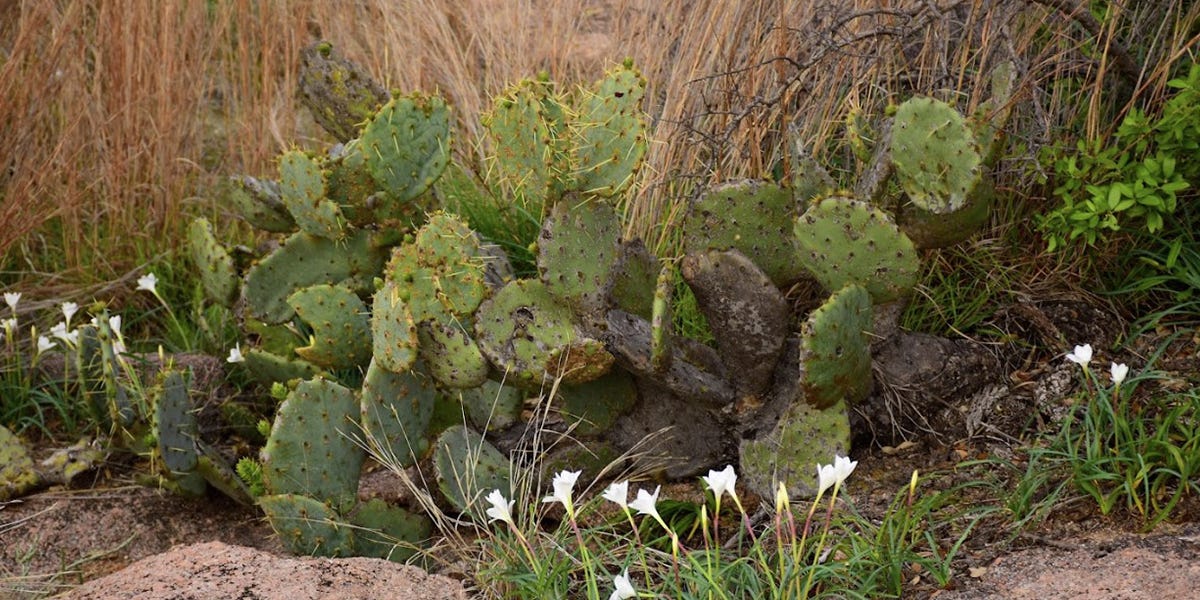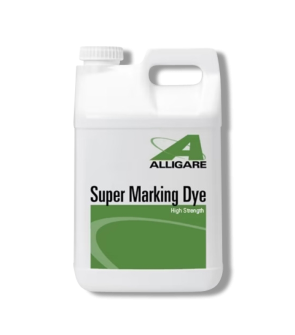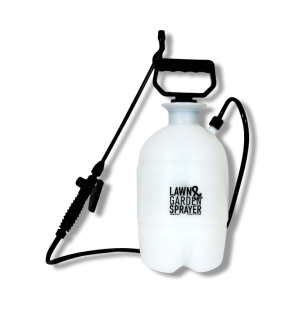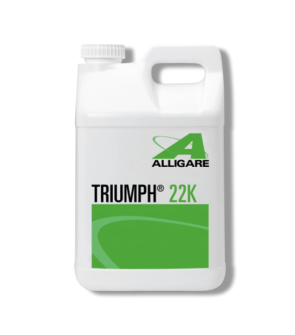Gain access to personalized product screening, the best pricing, rewards, and more!
Most Effective Products
Control: How To Get Rid of Cactus
Cacti and similar species, such as prickly pear, are found throughout the United States and comprise over 2,000 different species. The common characteristic of cacti is their sharp, prickly spines, which, if touched, can easily pierce skin and be very painful.
Cactus plants are extremely tolerant of drought and harsh conditions and are somewhat protected from grazing animals by their spines. However, they are a pest due to their potential to harm those who come in contact with them. Their presence can also hinder the growth of competing plants, choking them out if left untreated. Cacti are a serious problem on livestock ranches because they interfere with the movement and forage space for cattle and other animals.
Cacti live in hot environments, and they need to retain water for a very long time. They do that by eliminating leaves, which increases evapotranspiration. Instead of leaves, cacti have a spongy material covered by a thin layer of skin that helps retain water. Water can also condense on the cactus and drip onto the ground, where the roots absorb it. Cacti are so good at retaining water that 90% of the cactus is water.
Suppose you have a cactus growing on your lawn or in your pasture land and want it gone. In that case, our DIY cactus treatment guide can provide step-by-step instructions on using our professional-grade control products, which will quickly and effectively remove cactus plants.
Identification
 A cactus can be easily identified since it has prickly spines or sharp-edged leaves, no matter what species is present. Cacti grow in jungles and deserts because the temperatures there are hot. Since they live in different environments, their appearance and style are bound to differ.
A cactus can be easily identified since it has prickly spines or sharp-edged leaves, no matter what species is present. Cacti grow in jungles and deserts because the temperatures there are hot. Since they live in different environments, their appearance and style are bound to differ.
- We typically expect cacti to have spikes, and they do, but the spikes are sometimes so different that we don't recognize them as such. For example, the peyote cactus spikes look like shriveled-up potato spuds, but they're meant to be spikes.
Use our description and image above to help you identify the cactus in your landscape. If you are having trouble identifying the cactus, contact us, and we will properly identify the plant for you and offer herbicide product recommendations for control.
Inspection

After identifying the invasive tree as a cactus, you can proceed with an inspection. You want to see where the cactus is gathered and how severe the invasion is so you know where to focus your treatment.
Where to Inspect
Cacti don't just grow in deserts, they can grow anywhere as long as the soil is fast-draining, they receive plenty of sun and the weather is particularly warm.
What To Look For
Scan your property to see where the cacti are growing and how big of an issue it is. Knowing how severe your problem is can help you determine how much herbicide you may need to conduct treatment applications.
Treatment
When handling herbicides, please protect your skin and eyes with safety equipment (goggles, gloves, and long-sleeved clothing).
You can use one of two methods to chemically control cacti and prickly pear. You can either chemically spray the stem or pads of the plant with an herbicide. Herbicides can move through the plant and destroy it totally.
We recommend using an herbicide containing picloram, which has the potential to destroy 76 percent to 100 percent of prickly pear and certain other types of cacti.
Step 1: Chop down the Cactus plant
Take an ax and damage the plant. This will help the herbicide seep better into the cactus.
Step 2: Mix Apply Picloram 22K

Prepare a herbicide spray mix of Picloram in a sprayer. For spot applications using a handheld sprayer, mix 0.75 fl. oz. of Picloram 22K in 0.5 to 2.5 gallons of water to treat a 1,000 sq. ft. area. For acreage applications, apply 4 quarts of Picloram. We also recommend adding a spray marking dye to mark plants that have been sprayed and to tell if you are getting sufficient herbicide on the green pads or stems.
Once the Picloram solution is mixed, spray the solution on both sides of the pads and stems. There is no specific time of year that you can spray; however, the herbicide may not be as effective if it is too cold or if the cacti are moist. Spray so the cactus is wet, but the solution should not drip off the pads. Repeat applications are necessary to ensure the cactus is eradicated.
Prevention
Once the offending cacti have been neutralized from your property, you must ensure the problem doesn't rear its prickly head again. Monitor your property closely for any undesired growth.
- Pull young cactus seedlings early before they begin to grow and mature.
- If you are diligent and maintain a regular monitoring and maintenance schedule for your landscape, you shouldn't have a problem with cacti on your property again.
Key Takeaways
What Are Cacti?
- Cactus plants can be an invasive species and harmful due to their prickly spikes, which can harm humans and animals who get close to them.
How to Get Rid of Cacti
- Our top recommendation for treating cacti is a post-emergent treatment of Picloram after damaging the cactus with an ax.
Preventing Cactus Reinfestations
- Prevent cactus reestablishment by monitoring your property and pulling young cactus seedlings if you find any. Also, keep up with a regular lawn maintenance schedule.










